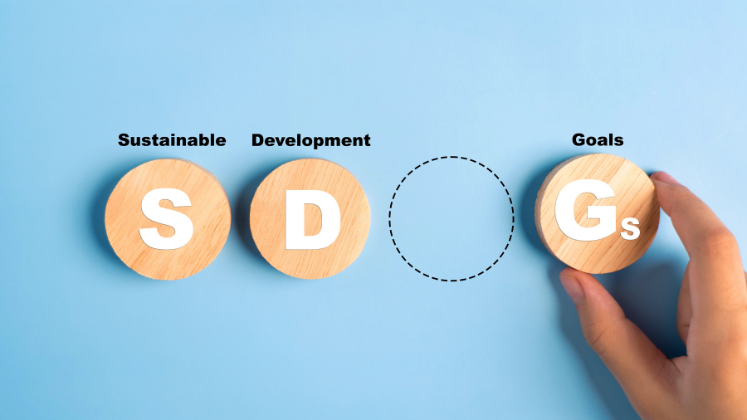Enhancing the capacity to understand academic influence can help all of us in the social sciences to become more effective as researchers. But how do we define one type of impact from another? Here we take a closer look at the differences between academic impact and external impact, a step away from the traditional passive approach to making impact and towards a digital era solution.
Whether academics like it or not, having to prove the impact of research on external audiences is becoming a permanent feature of university life. Government research bodies are pressing (and being pressed) more and more for academics to show the positive impact of the money being poured into universities, research groups, and particular projects, especially in these times of austerity.
 Government, research councils, and other funding bodies tend to take a maximal view of impacts. Research Councils UK, for example, see impact as:
Government, research councils, and other funding bodies tend to take a maximal view of impacts. Research Councils UK, for example, see impact as:
The demonstrable contribution that excellent research makes to society and the economy. Economic and societal impacts embrace all the extremely diverse ways in which research-related knowledge and skills benefit individuals, organisations and nations by:
- Fostering global economic performance, and specifically the economic competitiveness of the United Kingdom
- Increasing the effectiveness of public services and policy
- Enhancing quality of life, health and creative output.
But in any sphere of social life it is not easy to assess how much influence particular people, ideas, products or organizations have on other people or on other spheres of social life. We live in a complex social world where many different social forces contribute to the production of social outcomes. Research impacts in advanced industrial societies occur in an inherently multi-causal setting, both inside disciplines and academia and even more in the external society. And we cannot assume impacts to be inherently positive. All societal changes create winners, losers, and unintended consequences.
We therefore propose a minimal view of impacts as recorded or otherwise auditable occasions of influence from academic research on another actor or organization. Impact is usually demonstrated by pointing to a record of the active consultation, consideration, citation, discussion, referencing or use of a piece of research. In the modern period this is most easily or widely captured as some form of ‘digital footprint’ (e.g. by looking at how often other people cite different pieces of research in their own work).
Research has an academic impact when the influence is upon another researcher, university organization or actor. Academic impacts are usually and most objectively demonstrated by citation indicators. However, academic influence may also be gauged from recordable subjective judgements or qualitative assessments, as with surveys and peer group evaluations.
And research can be said to have external impact when an auditable influence is achieved upon a non-academic organization or actor in a sector outside the university sector itself – for instance, by being used by a business corporation, a government agency, a civil society organization or a media or specialist/professional media organization. As is the case with academic impacts, external impacts need to be demonstrated rather than assumed.
Within academia, there has long been a studied disparagement of ‘bean counting’ exercises in trying to chase down or fix the impact of our work. The conventional wisdom has been that we do not know (and inherently we cannot ever know) much about the mechanisms or byways by which academic research influences other scholars or reaches external audiences. Our job has been just to put ideas and findings out there and then to sit passively by while they are or are not taken up by others. But we do not believe that this traditional approach is useful or valid in the modern, digital era.
Not being able to track individual impacts or being able to impart normative judgements on them does not mean that the accumulation of impacts across a whole academic field has no effect. Indeed, when looking across researchers, research teams, institutions and indeed disciplines and countries, we are able to quantify and compare impacts, charting the extent to which different academics have influence with their peers in their discipline. Enhancing this capacity to understand academic influence can help all of us in the social sciences to become more effective as researchers. And for external actors a better understanding of academic research can help them use it more intelligently and constructively to address contemporary social problems.







4 Comments